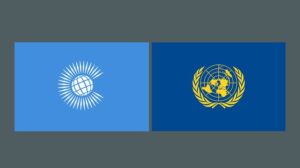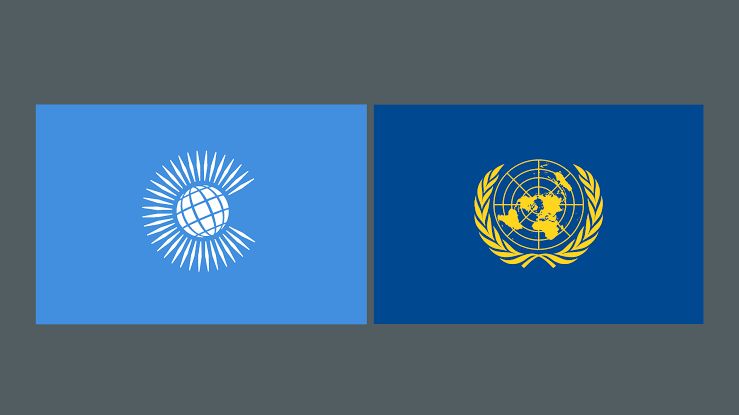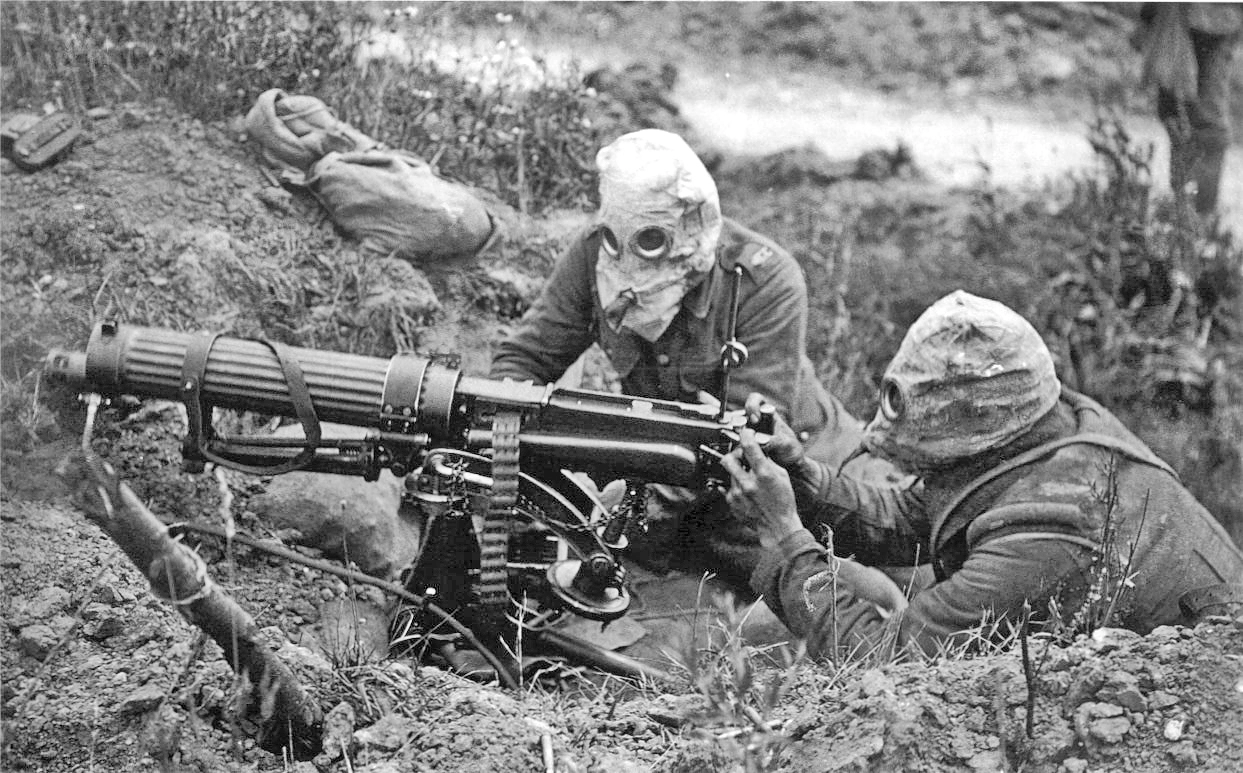 The Commonwealth of Nations, also referred to as the Commonwealth, is one of the oldest political associations of 54 member states. Its root travels back to the British empire when countries around the world were in control of by Britain.
The Commonwealth of Nations, also referred to as the Commonwealth, is one of the oldest political associations of 54 member states. Its root travels back to the British empire when countries around the world were in control of by Britain.
The Commonwealth of Nations was originally the British Common Wealth of nations through the Balfour declaration at the 1926 Imperial conference, which saw the attendance of the leaders of Australia, Canada, India, Newfoundland, the Irish Free state, New Zealand and South Africa. At the conference, Britain and the Dominos agreed that they were all equal members of a community within the British Empire and that they owed their allegiance to the British King or Queen. Still, they stated clearly that the United Kingdom did not rule over them. This community was called the British Commonwealth of Nations or The Common Wealth.
Over time, the Dominions and other colonies of the British Empire became fully independent of the United Kingdom. India, which became independent in 1947, wanted to become a republic which didn’t owe its allegiance to the British king or queen, but it also wanted to remain a member of the Commonwealth.
The current Common Wealth of Nations was formally composed by the London declaration of 1949, which brought up to date the community and confirmed the member states as “free and equal.” The Commonwealth saw King George VI as its first Head of the Commonwealth, bringing in Queen Elizabeth ll when he died. However, the British King or Queen is not an automatical head of the Commonwealth. Instead, its member countries choose who becomes the Head of the Commonwealth.
The head of the Commonwealth, Queen Elizabeth, presides over 15 member states known as the Commonwealth realms, with 34 other members as republics and five others with their different monarchs.
Independent countries from Africa, Europe, Asia, the Americas, and the Pacific have joined the Commonwealth as the membership is based on free and equal voluntary cooperation. The member states have no legal commitment to each other but are associated through their use of the English language and their historical ties. The last two member states of the Commonwealth, Rwanda and Mozambique, have no significant links to the British Empire.
The Commonwealth is often referred to as a ‘family’ of nations. At the heart of the family, we have three intergovernmental organisations;
The Commonwealth secretariat: supports member countries in achieving the Commonwealth aims.
The Commonwealth Foundation: supports people’s participation in democracy and development.
The Commonwealth of Learning: promotes open learning and distance education.
The vision of the Commonwealth is to help create and sustain a commonwealth that is mutually respectful, resilient, peaceful and prosperous and that cherishes equality, diversity and shared values.
The mission of the Commonwealth is to support member governments and partner with the broader Commonwealth family and others, to improve the well-being of all commonwealth citizens and advance their shared interests globally.
The Commonwealth has its headquarters located at Marlborough House, London.


